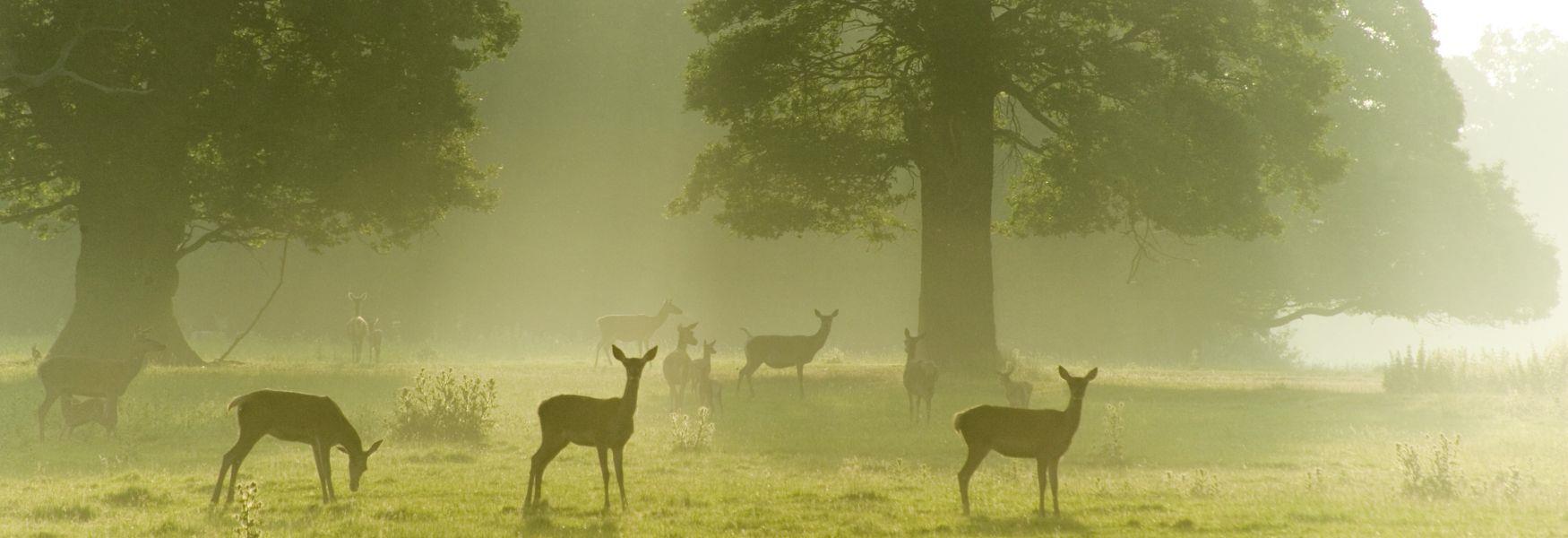To provide you with the best experience, cookies are used on this site. Find out more here.

To provide you with the best experience, cookies are used on this site. Find out more here.

To build your own Itinerary, click  to add an item to your Itinerary basket.
to add an item to your Itinerary basket.
Already saved an Itinerary?


You are here: Home > Ideas & Inspiration > Royal Connections > How Queen Anne influenced Royal Windsor
Queen Anne reigned from 1702–14 and had a great deal of affection for Windsor, where she was born in 1665. Recent film release “The Favourite” brought Queen Anne back to wider public consciousness. But her legacy remains strong in the Royal Borough.
Although as Queen she used her uncle Charles II’s modern State Apartments, she purchased and enlarged a small 18th-century house, known as The Queen’s Garden House, on the south side of the Castle. This remained her favourite Windsor residence.
While playing dominoes at Windsor she received a momentous message from the Duke of Marlborough about his victory over the French at the battle of Blenheim. It was addressed to Sarah, his wide, and written on the back of a tavern bill…‘I have not time to say more, but I beg you will give my duty to the Queen and let her know that her army has had a glorious victory’.
Hunting was Anne’s favourite sport and she frequently went out into Windsor Great Park (then known as Windsor Forest). Her fondness for horse drawn carriage rides led to the Queen’s Walk being renamed Queen Anne's Ride. This grand avenue is a similar length to The Long Walk though features only a single row of trees on each side. Planted in 1708 with lime and elm trees, it was replanted with young oaks, and runs south-west towards Ascot.
Today horse-drawn carriage rides and bespoke tours into Windsor Great Park remain a popular activity for visitors. There are two carriage companies – Windsor Carriages and Ascot Carriages – both of whom will take you on a trip to remember.
While out riding, Queen Anne noticed the potential that the open heathland around Ascot, not more than 5 miles from Windsor Castle, would be ideal for “horses to gallop at full stretch”. She subsequently founded the world-famous Ascot Racecourse here in 1711.
The Queen Anne enclosure remains a popular choice for spectators at race-days. In the thick of the action, it is the smart, less formal experience during the Royal Ascot meeting, an event marked by the tradition of the opening race – The Queen Anne Stakes.
Queen Anne endured multiple pregnancies yet tragically only William, who became the Duke of Gloucester, lived longer than a few years. He died aged 11 and is buried in a vault beneath the Quire in St George’s Chapel, which also holds the coffins of King Henry VIII, Queen Jane Seymour and King Charles I.
Services at St George’s Chapel are open to all and evensong at 17.15 is free to attend.
Statues of Queen Anne and her husband Prince George can be found on either side of Windsor Guildhall as she was a great benefactor to the town.
Tours are available as part of a visit to Windsor & the Royal Borough Museum, providing the Guildhall is not in use for an event. it is one of The Royal Borough’s most popular wedding venues and in 2005 hosted the ceremony of Prince Charles to Camilla Parker-Bowles, and one of the UK’s first civil partnerships between Elton John and David Furnish.
Cumberland Lodge in the Great Park was home to Anne’s friend Sarah Churchill and her husband John Churchill, 1st Duke of Marlborough. Sarah became the first female Ranger for the Great Park in 1702 and lived in Cumberland Lodge (a ‘grace and favour’ arrangement) until her death in 1744. Today their portraits, by Sir Godfrey Kneller, hang in the Drawing Room where John Churchill passed away.
Nowadays Cumberland Lodge is a charity that promotes progress towards more peaceful, open and inclusive societies. There is a regular programme of talks and exhibitions, while the grounds and facilities can be hired for conferences, meetings and special events.
Want to receive Windsor tips, ideas and inspiration? Subscribe to our enewsletter!
Want to hear more? Sign UpX





